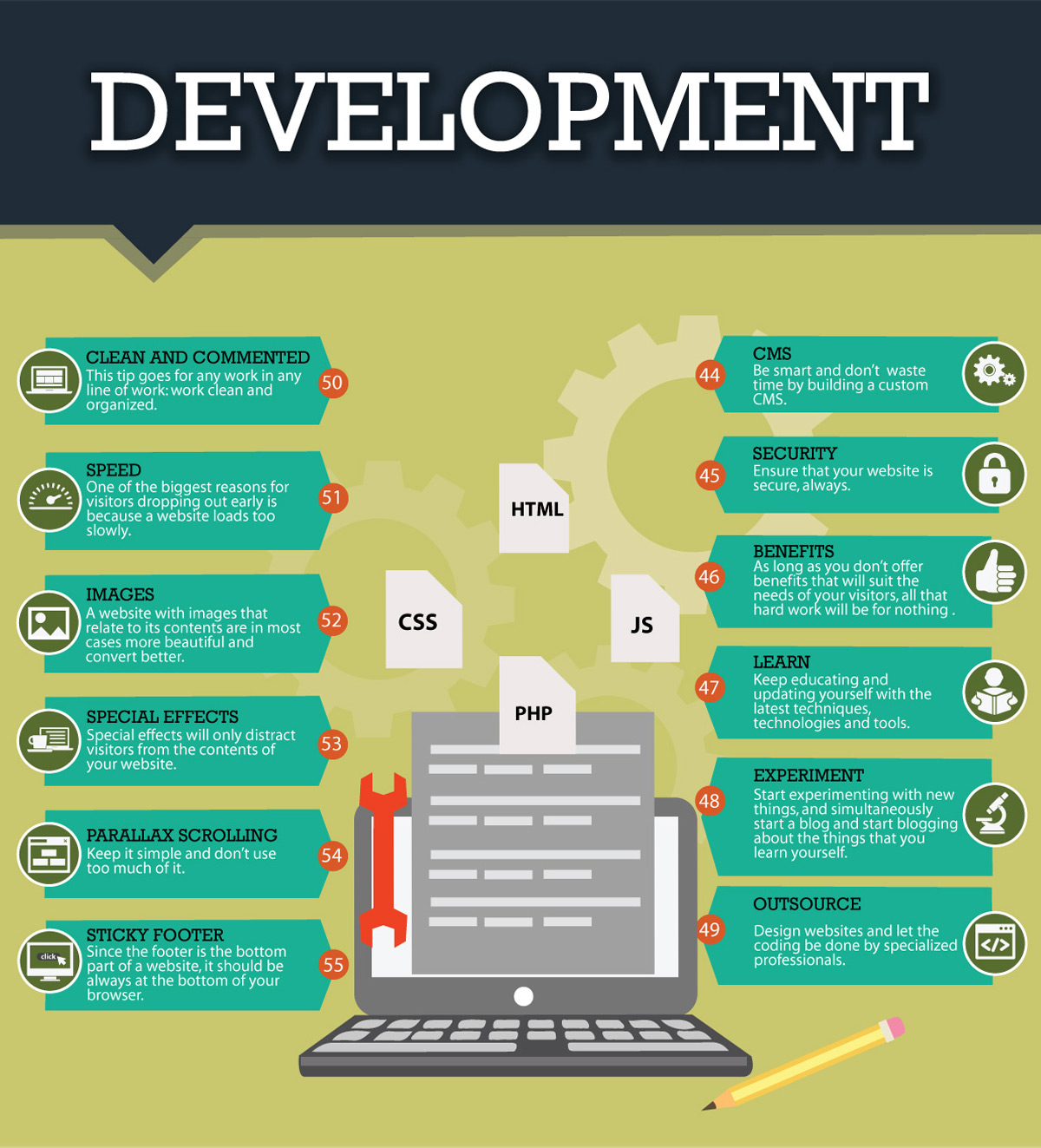Fundamental Facets Of Website Design: Standards For Creating A User-Centric Website
Fundamental Facets Of Website Design: Standards For Creating A User-Centric Website
Blog Article
Developed By-Hall Devine
When it concerns site style, making sure user-friendliness is crucial. From responsive style to streamlined navigating, every aspect plays a vital role in creating a site that deals with your audience's needs. However what concerning the finer information that can make or break a customer's surfing experience? Keep tuned as we uncover some often-overlooked pointers that can boost your website's functionality to the next degree, making it genuinely stick out in the electronic landscape.
Significance of Responsive Design
Receptive design is a crucial aspect of modern website development. Ensuring your site is receptive means that it can adapt to different display dimensions and devices, giving a seamless experience for individuals.
With the raising use of smartphones and tablet computers to access the internet, having a responsive layout is essential for reaching a bigger target market. seo and search marketing aids in enhancing user experience by making your web site very easy to navigate and continue reading any gadget.
Furthermore, receptive style can favorably affect your search engine positions, as online search engine like Google focus on mobile-friendly internet sites. By having a receptive layout, you're also future-proofing your site, as brand-new gadgets with differing display dimensions remain to emerge.
Simplify Navigation Framework
To boost user experience and facilitate very easy access to details on your internet site, streamlining the navigation framework is critical. When creating your website, concentrate on developing a clear and intuitive navigation menu that assists visitors locate what they're searching for promptly.
Limitation the number of food selection items to the essentials, grouping relevant pages with each other to avoid frustrating customers. Usage detailed labels that plainly indicate the content of each page, making it less complicated for customers to understand where each web link will take them.
Take into consideration executing dropdown menus for subcategories to stop jumbling the major navigating bar. Furthermore, include a search bar prominently on the page for individuals who prefer looking for details details.
Focus on mobile responsiveness in your navigation design to make sure easy gain access to on all tools.
Maximize Web Page Lots Speed
Improving page tons speed is critical for keeping visitors on your website. Slow-loading pages annoy individuals and can result in high bounce prices. To optimize page lots rate, begin by optimizing photos. Compress seo keyword optimisation without jeopardizing quality to lower their file sizes.
Additionally, enable browser caching to keep often accessed sources locally, quickening lots times for returning site visitors. Minify CSS, JavaScript, and HTML data by getting rid of unnecessary characters, comments, and format, improving lots speed.
Consider utilizing a material delivery network (CDN) to disperse your web site's content across multiple web servers worldwide, lowering latency for users accessing your website from various areas. Last but not least, limit making use of third-party scripts and plugins, as they can substantially affect lots times.
Verdict
To conclude, by incorporating responsive layout, streamlining navigation, and enhancing page lots rate, you can develop an user-friendly website that interest a wider audience and boosts user experience. These essential elements guarantee that visitors can easily accessibility and navigate your website throughout different devices, bring about increased involvement and fulfillment. By focusing on these vital facets, you can construct a successful web site that keeps customers returning for more.
